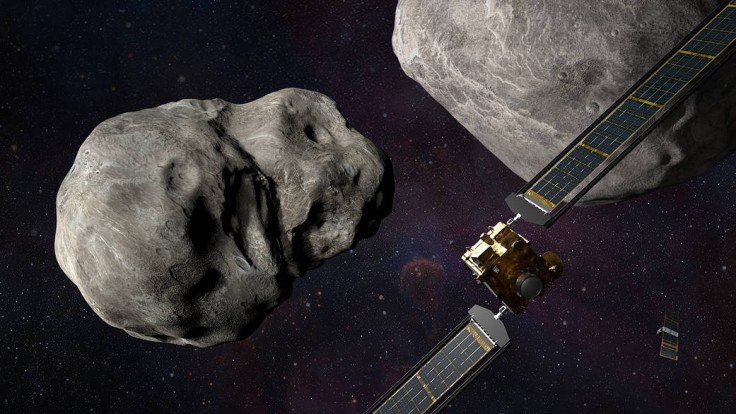Asteroids are Mother Nature's grim reminder that we are always in danger of experiencing the same catastrophic event that wiped out the dinosaurs 65-66 million years ago.
With the success of NASA's Double Asteroid Redirection Test mission on Oct. 12, however, humanity has taken one step towards living without the fear of asteroids impacting Earth in the foreseeable future.
So what's next for Earth's planetary defense against asteroids?
Results of NASA's DART Mission

Before we answer that question, we must first discuss the success of NASA's DART mission.
The space agency's DART mission is part of its Planetary Defence Coordination Office methods against near-Earth objects like asteroids and comets, per NASA.
The mission involves smashing a spacecraft at roughly 14,000 mph in the hopes of diverting/re-directing an asteroid from its original trajectory to see if humanity has the technology to accomplish such a feat.
To test if we are capable of diverting an asteroid, NASA launched its DART mission in November 2021 toward the asteroid pair Didymos and Dimorphos, near-Earth asteroids that could come as close as 0.048AU to Earth.
NASA mentioned that one AU is equal to 150 million kilometers - the distance of the Earth to the Sun, meaning that they are somewhat close to Earth when they pass by us.
For NASA's DART mission, experts took aim at Dimporhos to see if the DART spacecraft was capable of diverting the asteroid.
As previously mentioned, the mission was a success. The spacecraft altered Dimorphos' orbit around Didymos by 32 minutes - a significant trajectory change from the previously expected 73-second-change. As a result, Dimorphos now takes 11 hours and 23 minutes to orbit Didymos.
The successful diversion of Dimorphos shows that humanity is capable of diverting an asteroid from its original trajectory little by little.
"All of us have a responsibility to protect our home planet. After all, it's the only one we have," NASA Administrator Bill Nelson said. "This mission shows that NASA is trying to be ready for whatever the universe throws at us."
NASA's Current Plans for Planetary Defense Against Asteroids

As of press time, NASA doesn't have other plans on how to protect Earth from asteroids that could pose a threat to humanity in the future. According to the NASA senior scientist who emailed Breaking Defense, the best countermeasure humanity has against asteroids on their way to collide with Earth right now is to spot them decades in advance before the window of opportunity to divert them closes.
Once the asteroid in question is detected and identified, NASA will send spacecraft similar to the one used in its DART mission to divert it from its original path so it wouldn't impact Earth.
The scientist explained that maintaining a fleet of planetary defense ships as a shield in space to deflect asteroids is costly as having one tumbling towards Earth is an extremely rare event.
Lori Glaze, NASA's Planetary Science Division director, agrees with Breaking Defense's source. According to an NPR report, she mentioned that even though the DART spacecraft caused a slight change in orbit time, this change could cause a significant diversion if the dangerous asteroid in question was detected early.
"The more time we have for that little nudge ... the better off we are," Glaze said.
Related Article : NASA's DART Successfully Shortens the Orbit of Dimorphos









